Euro Horror
NEW DIRECTIONS IN NATIONAL CINEMAS
Jacqueline Reich, editor
EURO HORROR
CLASSIC EUROPEAN HORROR CINEMA IN
CONTEMPORARY AMERICAN CULTURE
Ian Olney
INDIANA UNIVERSITY PRESS
Bloomington & Indianapolis
This book is a publication of
INDIANA UNIVERSITY PRESS
601 North Morton Street
Bloomington, Indiana 47404-3797 USA
iupress.indiana.edu
Telephone orders 800-842-6796
Fax orders 812-855-7931
2013 by Alexander Ian Olney
All rights reserved
No part of this book may be reproduced or utilized in any form or by any means, electronic or mechanical, including photocopying and recording, or by any information storage and retrieval system, without permission in writing from the publisher. The Association of American University Presses Resolution on Permissions constitutes the only exception to this prohibition.
 The paper used in this publication meets the minimum requirements of the American National Standard for Information Sciences Permanence of Paper for Printed Library Materials, ANSI Z39.48-1992.
The paper used in this publication meets the minimum requirements of the American National Standard for Information Sciences Permanence of Paper for Printed Library Materials, ANSI Z39.48-1992.
Manufactured in the United States of America
Library of Congress
Cataloging-in-Publication Data
Olney, Ian.
Euro horror : classic European
horror cinema in contemporary
American culture / Ian Olney.
p. cm. (New directions
in national cinemas)
Includes bibliographical references and index.
ISBN 978-0-253-00648-6 (cl : alk.
paper) ISBN 978-0-253-00652-3 (pb :
alk. paper) ISBN 978-0-253-00658-5
(eb) 1. Horror films Europe History
and criticism. 2. Motion picture
audiences United States. I. Title.
PN1995.9.H6O46 2013
791.43'6164 dc23
2012027225
1 2 3 4 5 18 17 16 15 14 13
FOR JILL LOVE ALWAYS
You had been set adrift in a world of European exploitation movies, unstable mixtures of poetry and gothic melodrama and outright pornography Belgian vampires, Italian cannibals, Spanish sex murderers, hooded inquisitors from Portugal and now there was no easy way out.
GEOFFREY OBRIEN, The Phantom Empire
CONTENTS
1 Academic Hot Spots and Blind Spots:
Horror Film Studies and Euro Horror Cinema
2 Fast, Cheap, and Out of Control:
The Academic Case against Euro Horror Cinema
3 Playing Dead, Take One:
Euro Horror Film Production
4 Playing Dead, Take Two:
Euro Horror Film Reception
5 Return of the Repressed:
Euro Horror Cinema in Contemporary American Culture
6 Blood and Black Lace:
The Giallo Film
7 The Whip and the Body:
The S&M Horror Film
8 Cannibal Apocalypse:
Cannibal and Zombie Films
PREFACE
Euro Horror explores a surprising development in American popular culture: the substantial cult following garnered since the late 1990s by films from the golden age of twentieth-century Continental European horror cinema. Between the mid-1950s and the mid-1980s, these Euro horror movies emerged from countries like Italy, Spain, and France in astonishing numbers and were shown in the United States at rural drive-ins and at urban grindhouse theaters of the sort that once filled Times Square in New York City. Gorier, sexier, and just plain stranger than most British and American horror films of the time, they were embraced by hardcore genre fans and denounced by critics as the worst kind of cinematic trash. Eventually, the changing tastes of movie audiences, reflected in the Reagan era resurgence of Hollywood and the contemporaneous decline of film industries in Europe, led to the end of Euro horrors golden age and the disappearance of these movies from circulation. Today, however, they have reappeared on DVD and Blu-ray, on cable and satellite television, at film festivals and retrospectives, and in midnight movie programming and theatrical re-releases. Their reemergence has inspired cinematic homages from directors like Quentin Tarantino, Robert Rodriguez, and Eli Roth, who have claimed artistic kinship with Euro horror auteurs like Dario Argento, Jess Franco, and Jean Rollin; more significantly, it has inspired the devotion of a whole new generation of American fans, who have built home video collections, joined online communities, and created fan art to celebrate their favorite Euro horror movies, directors, genres, and stars. Unfortunately, despite the crucial place of Euro horror in the history of horror cinema and the buzz surrounding it in contemporary American popular culture, little has been written about it in the field of Film Studies. This book aims to correct that oversight by exploring some of the most popular genres of Euro horror cinema including the giallo film, the S&M horror film, and the cannibal and zombie films and by developing a theory that explains their considerable appeal to audiences today.
Euro Horror is divided into two main parts. In part 1, I develop a performative theory of Euro horror cinema. I begin by noting that although there has been a surge of interest in horror cinema among scholars over the last several decades, classic European horror movies have received relatively little attention within the field of Film Studies despite their obvious importance to the genre, their close relationship with contemporaneous European art films that enjoy a privileged status in film theory and criticism, their unprecedented availability in the United States today, and their substantial popularity among contemporary American viewers. The reason for this, I argue, has to do with certain lingering aesthetic, ideological, theoretical, and cultural prejudices that continue to define which films are considered worthy of serious study within academia. Its marginalization is unfortunate because Euro horror represents, in my view, what many scholars have been looking for in more mainstream forms of horror cinema: a nexus not just of revolting bodies, but of bodies in revolt. I suggest that the radical potential of Euro horror cinema has to do with the distinctive manner in which it affords viewers the opportunity to approach film spectatorship as a form of play or performance. In the first place, Euro horror movies foster spectatorship-as-performance because of how they were originally made: the uniquely postmodern qualities of Euro horror cinema prompt viewers to adopt multiple viewing positions and experiment with a range of subjectivities in a fashion generally proscribed by mainstream cinema and the dominant social order. Additionally, Euro horror movies foster spectatorship-as-performance because of how they are now watched: the digital remediation and repurposing of Euro horror cinema as home entertainment in the United States and the perceived paracinematic character of Euro horror cinema in the present American cultural context have allowed viewers the opportunity to refashion their identities and lay claim to individual agency as Euro horror fans, while also performing their resistance to current cinematic and cultural norms. I conclude part 1 by discussing the appeal to contemporary American audiences of the kind of performative spectatorship that Euro horror makes possible.
Part 2 of this book comprises three case studies in which I apply the performative theory of Euro horror cinema outlined in part 1 to different kinds of Euro horror movies. The first case study focuses on the giallo film, a violent and erotic type of murder mystery movie that originated in Italy in the 1960s. An example of anti-detective cinema a cinema whose pleasures for viewers lie not in the solution of a central mystery, but rather in an embrace of the postmodern principles of disruption, transgression, undecidability, and uncertainty that it celebrates the


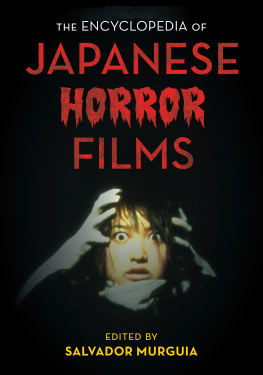
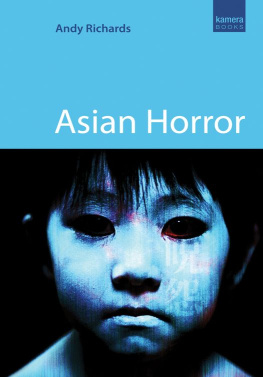
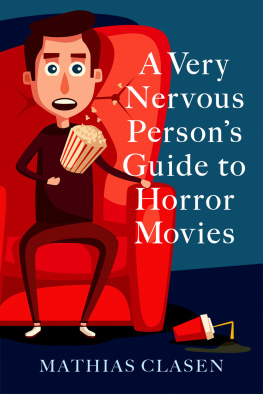

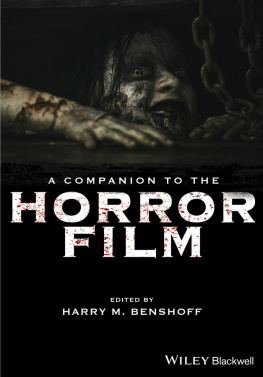
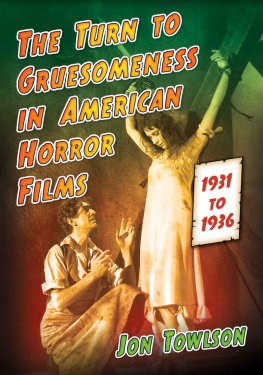
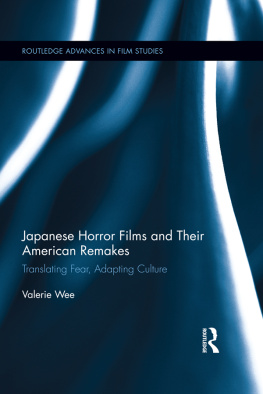
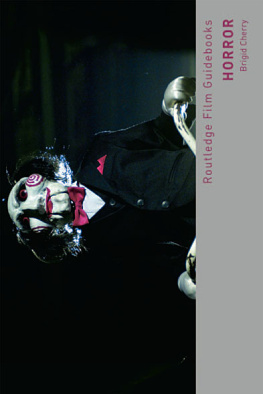
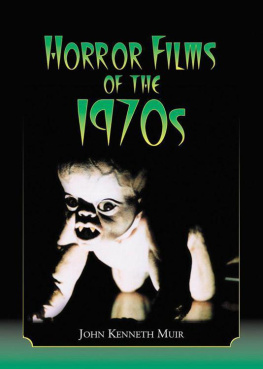
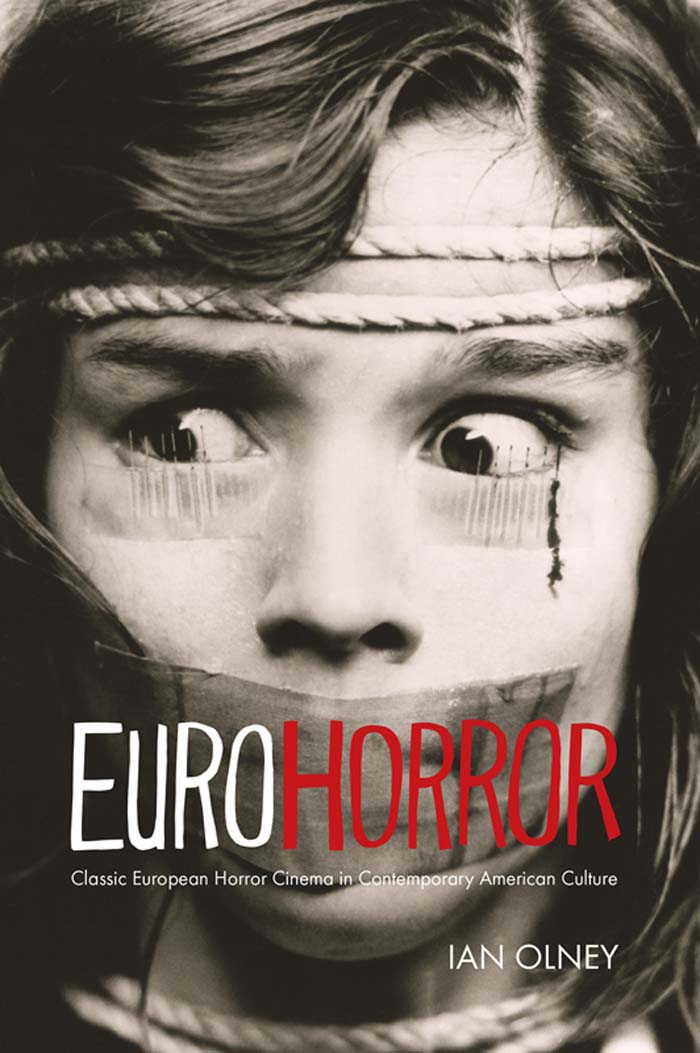
 The paper used in this publication meets the minimum requirements of the American National Standard for Information Sciences Permanence of Paper for Printed Library Materials, ANSI Z39.48-1992.
The paper used in this publication meets the minimum requirements of the American National Standard for Information Sciences Permanence of Paper for Printed Library Materials, ANSI Z39.48-1992.